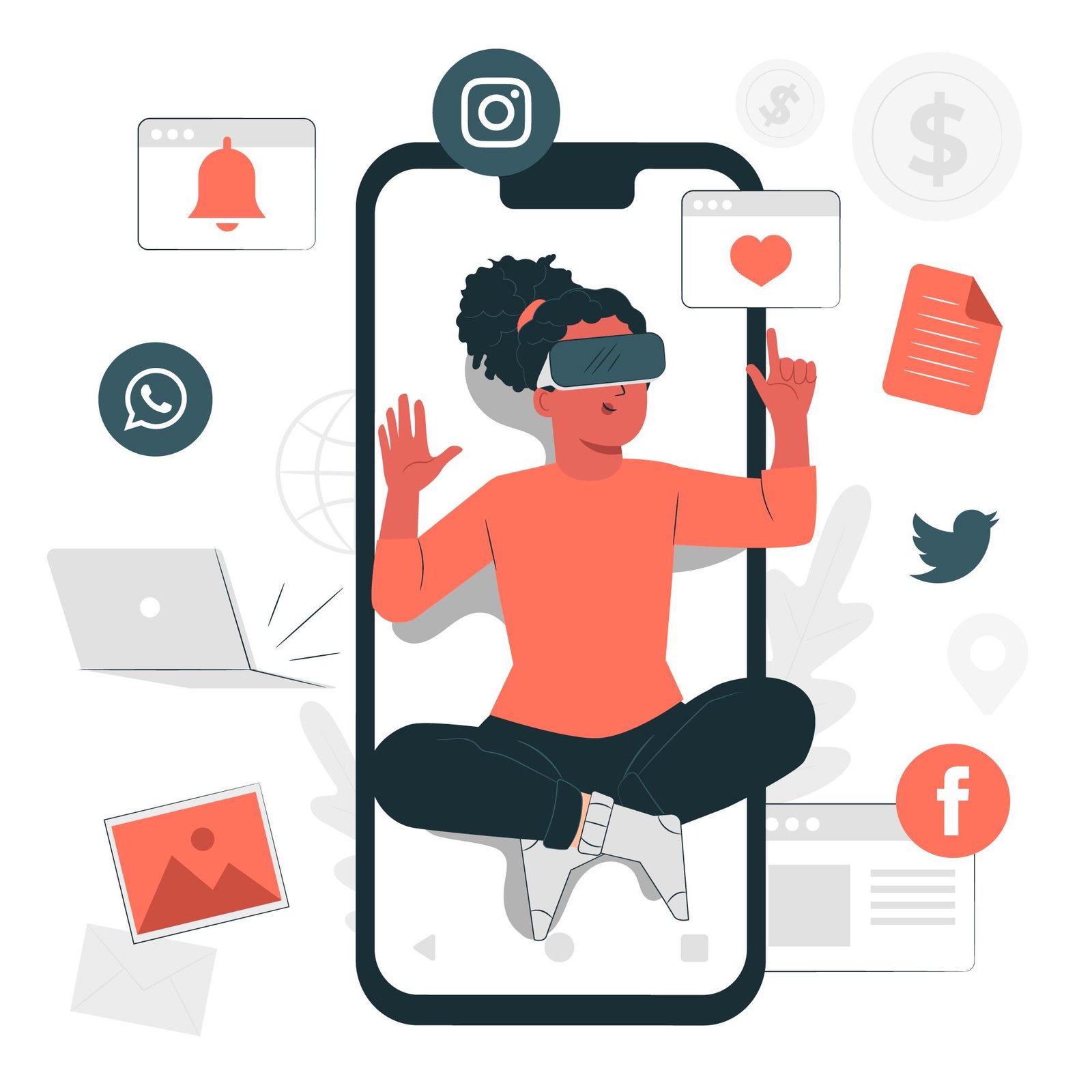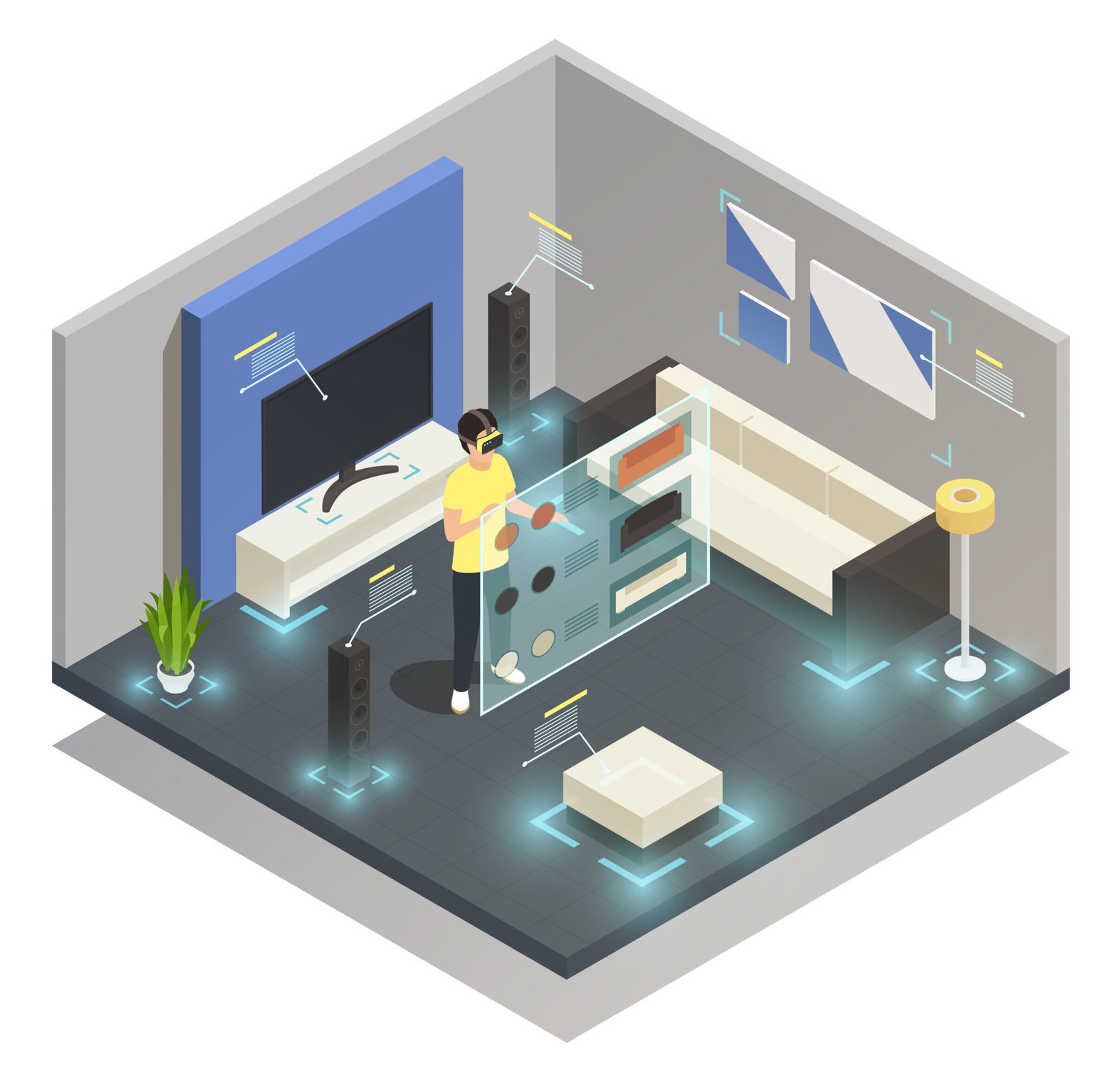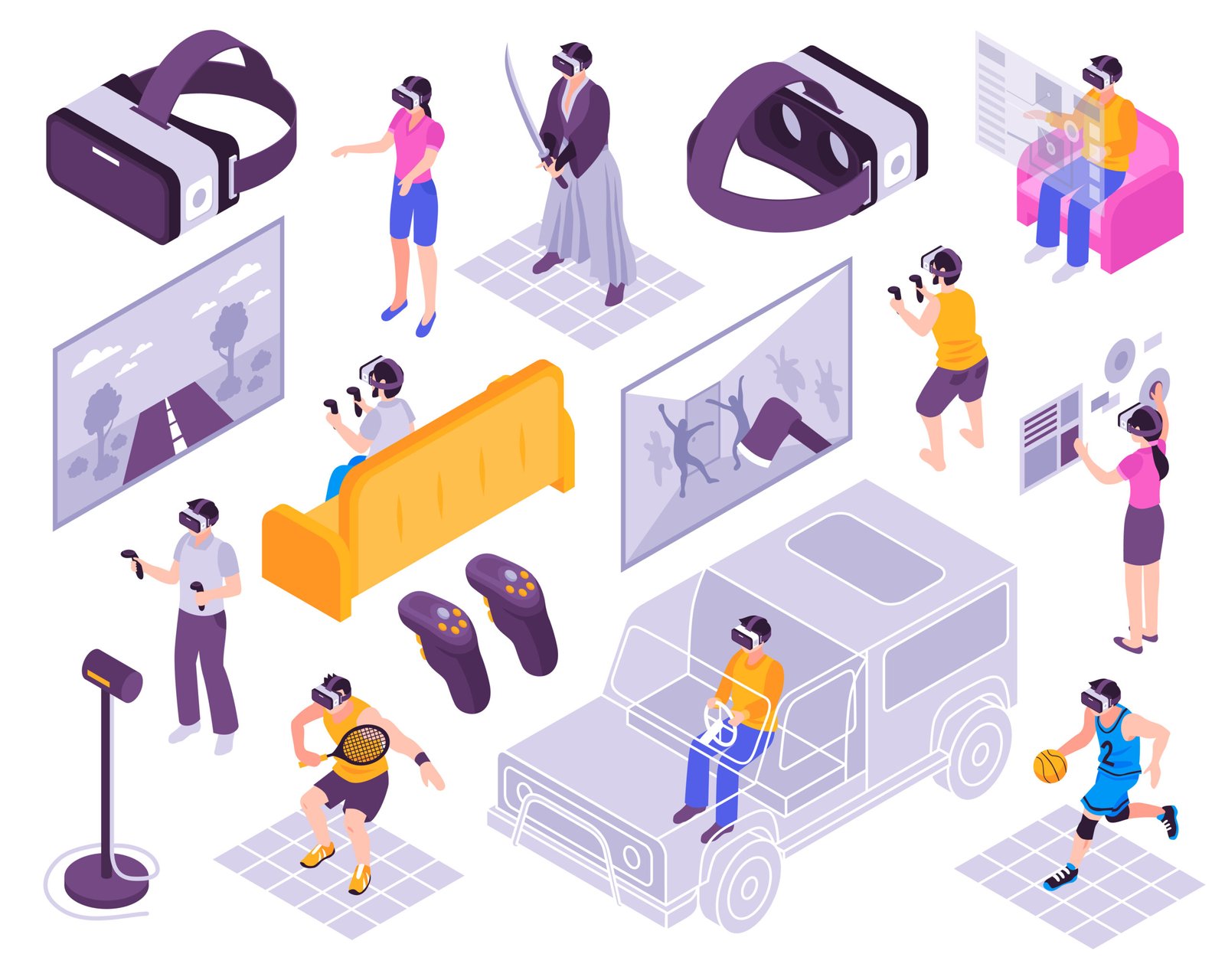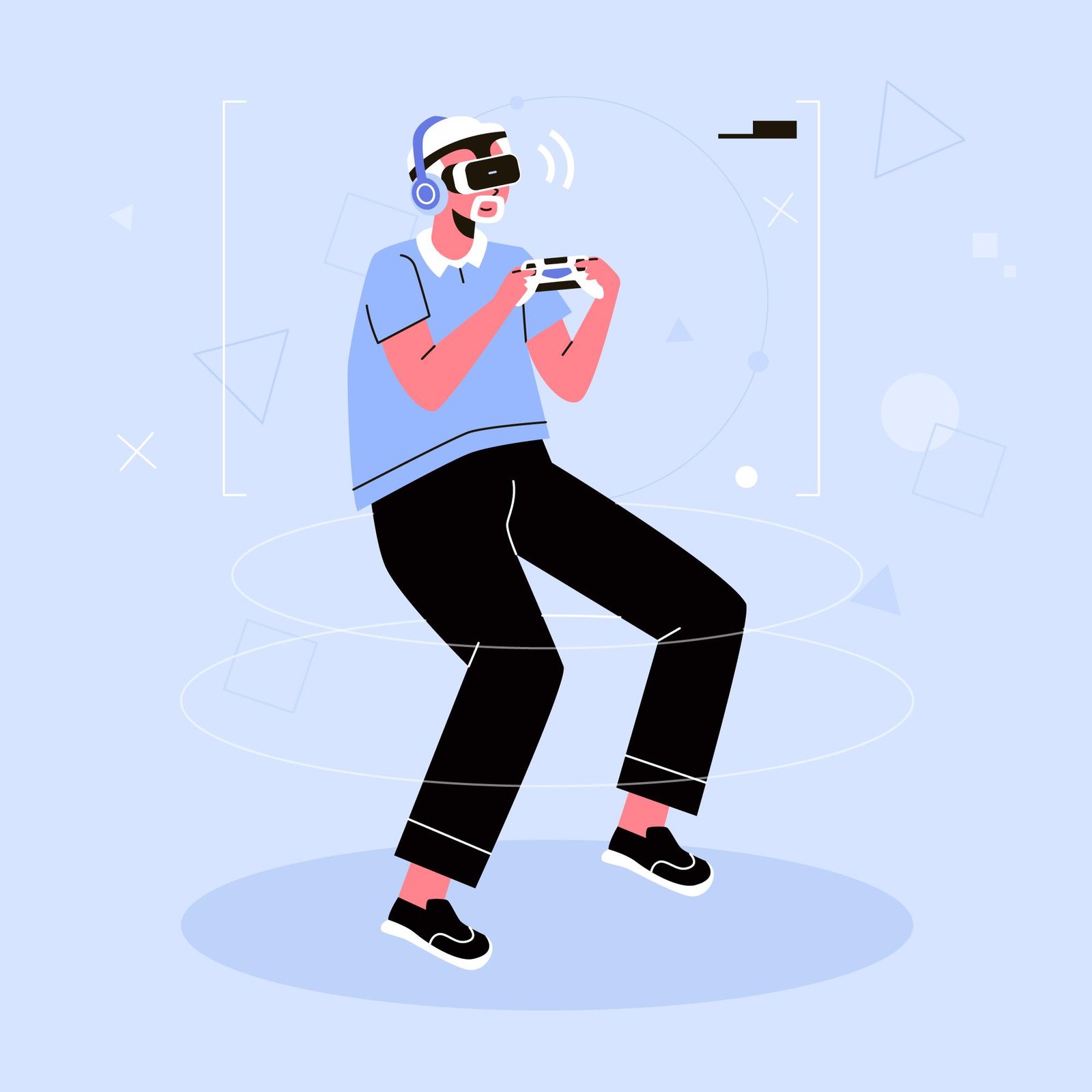VR’s magic comes from two different but connected ideas: presence and immersion. People often mix them up, but they show different sides of the virtual experience. Immersion refers to the objective level of sensory fidelity a VR system provides. This means how well the technology involves your senses. Presence describes the feeling of “being there” in the virtual environment. Your brain accepts the virtual world as real, even if just for a moment.
Presence happens when VR matches what we expect from real life. This creates what experts call “place illusion.” Our perceptual system spots virtual objects and events. The brain-body system reacts on its own, even though we know it’s not real. The quality of presence depends on:
- Visual immersion through high-resolution displays and 3D environments
- Spatial audio that simulates realistic soundscapes
- Haptic feedback providing tactile sensations
- User agency and interactivity within the environment
Research shows that adding more sensory inputs to a virtual environment substantially increases the sense of presence. This all-encompassing approach gives VR its marketing advantage. It creates experiences that need complete attention.




